You little naturalist, you! Part 2
Flowers form part of the reproductive system of the most advanced groups of plants. They were not created to please the human eye but to attract insects (an in some cases, birds). Lured by the flowers' bright colors and rich scents, these visitors act as pollinators and so help the plants to reproduce.
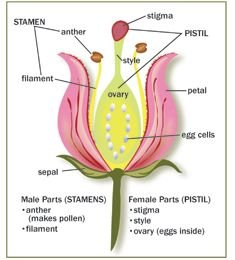
This picture shows the internal parts of a flower. As a naturalist, you would find lots of information about a flower by examining a specimen with your hand lens. You may find that pollen from the stamens fertilizes other flowers and if it reaches the ovary through the stigma, it will fertilize the ovules to produce seeds.
But how does the pollen get there?
Imagine you are a bee.
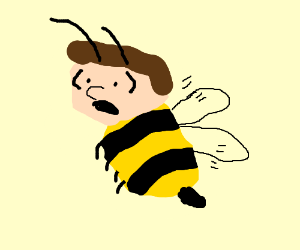
Which flower would you find most attractive? Different combinations of color, shape and scent lure different insects. As a bee you would look for convenient landing stages, markings that draw the eye to the center of the flower, and a host of other navigation aids provided by flowers for their welcome guests.
Not only is pollen carried by insects, but some flowers also rely on wind or even water to spread their pollen. These flowers are often very small and hard to see. Look for them on coniferous trees in the spring.
Dispersing the seed
Okay, so we have a flower who carries pollen either by wind, water or insects, but how does one flower become more? This is something you would have to observe very closely. You will find that after pollination, flowers "set" their seed. Look for those carried by the wind - they may be spinning like helicopter rotor blades or held aloft on parachutes of fine hairs. Some seeds may even be covered with tiny hooks that "hitch" rides on passing animals. While trying to find these seeds, you may even find hooked seeds on your clothes.
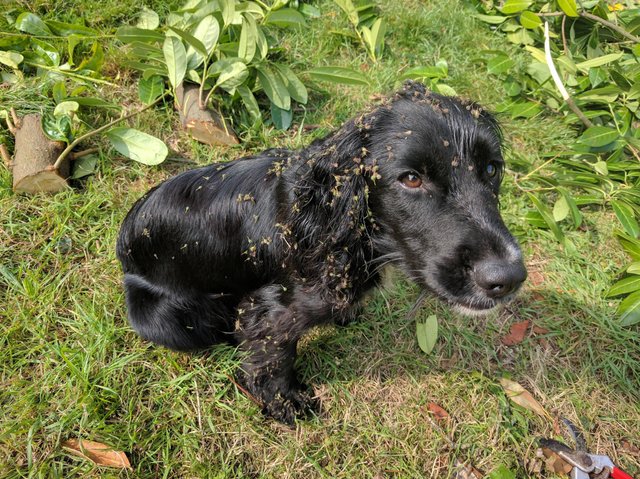
Experiment with bees and flowers
Watch a bee as it collects nectar from a flower. Can you see yellow pollen sticking to the hairs on the bee's body? Keep track of the bee as it flies off, and try to work out which flowers it visits most often.
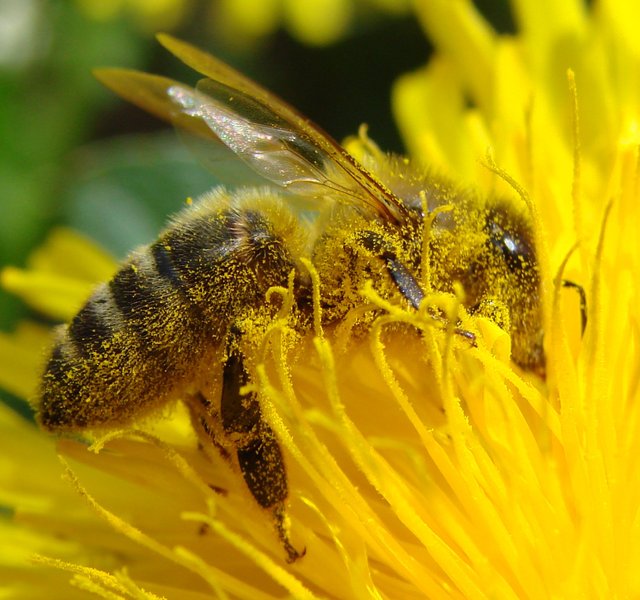
Source Get up as soon after dawn as you can and choose a flower with lots of insect activity around it. For 15minutes every hour note how many times the flower is visited by an insect, keeping a record of the number different types of insect you see. Does the pattern of activity change during the course of the day? Would you plot your results on a graph as shown here. Repeat this experiment with other flower species. Are the visiting insects the same or different? Try making a chart to show what kinds of visitors different flowers attract.
Do bees prefer flowers of a particular color? You can test this by putting a blob of honey on several pieces of card, each of a different color. See which card is most popular with the bees. Are there many flowers of this color in your garden?
Looking at a tree as a community
Trees are the largest flowering plants of earth and they provide food and shelter for a multitude of living things. You can think of them as nature's apartment blocks, with a constantly-changing population of animals and plants just waiting to be discovered and enjoyed. Why not adopt a tree in your neighborhood and follow it through the cycle of the seasons? Photograph your tree at different times of the year, make notes, take samples of its plant and animal "lodgers", and you will build up a fascinating story of the life of the tree community. The true naturalist is interested in much more than simply giving the tree its correct name.
Here are just a few ideas to start you off:
- Search the branches and trunk for small mammals and their nests. Watch their breeding behavior and look out for young born in the spring.
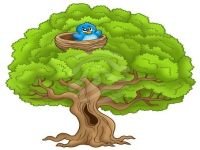
What kind of flowers does your tree have, and what insects visit them? When does flowering occur, and what sort of fruit will the tree eventually produce?
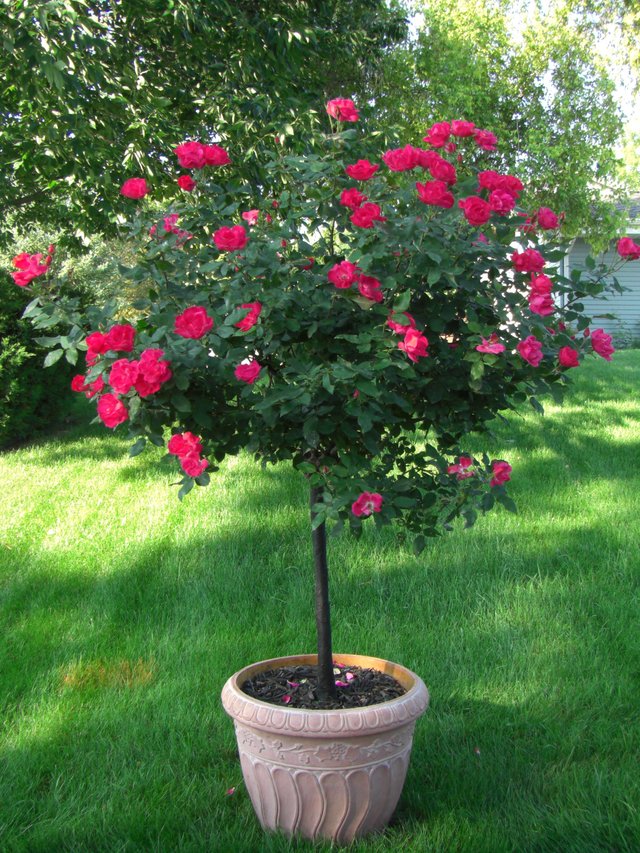
Source Take a close look at the bark and note it's texture, color and pattern. Try making a bark rubbing with a wax crayon and paper to add to your tree chart.
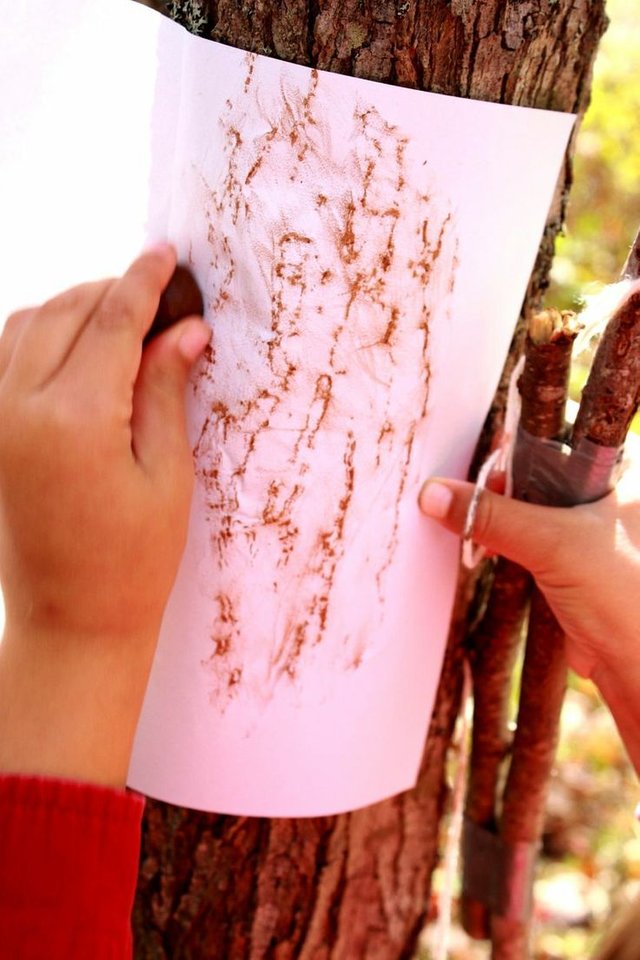
- Look for small animals on or under the bark. Why do they live there? What do they eat? And who are their enemies?
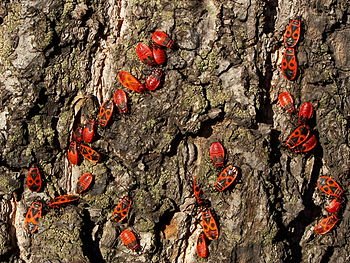
Make a study of the various butterflies and moths that visit your tree. Can you see where they lay their eggs?
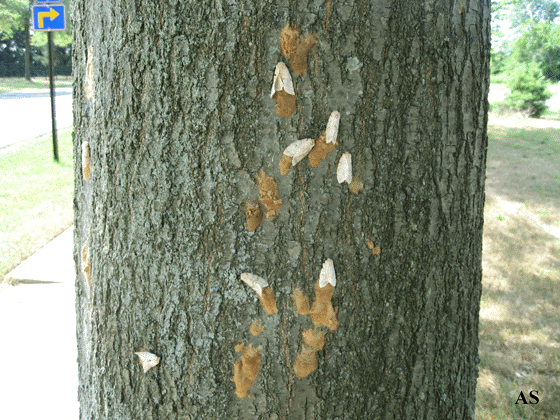
Source Examine the leaves very closely. What is eating them? What lives on them, under them, and even in them? Look for the blisters and wandering tracks left by small grubs tunneling through the leaf.
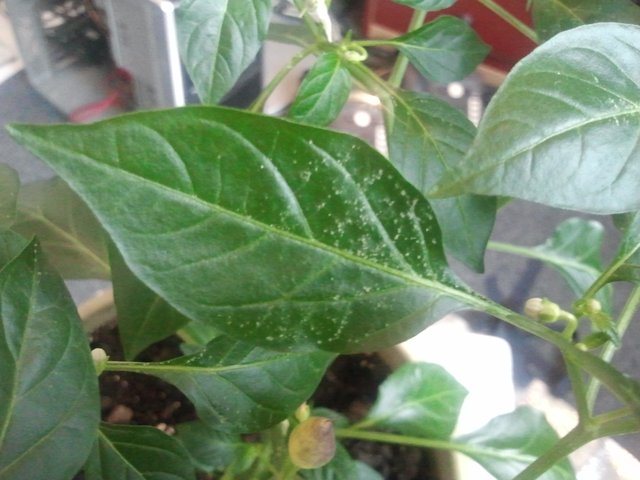
Source
Resources:
- Plant reproductive systems
- Biology of plants
- Pollination & Fertilization
- Flower anatomy
- All about pollen
- Pollination - wiki
- Facts about bees

well elucidate and educative i know little about flower but after reading this post i would say i have learnt something new
wonderful research anyways
Yes @bdmomuae
When we observe the plants, trees and their leaves, it is revealed that how many creatures utilize them. I understand your point.
And I liked all your images that exactly matches the every sentence you took in this post.
By @r-k-m
Very interesting post!
this is a good post.i read your post and alot of learning new. butterfly live to tree , imagine bee everything is perfect.i like ur post and enjoyed very much.thank u very much for ur good post...... @bdmomuae